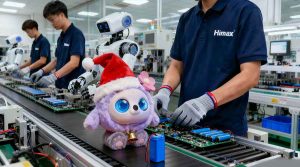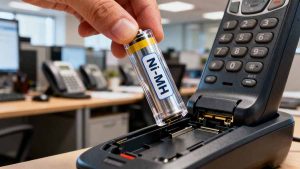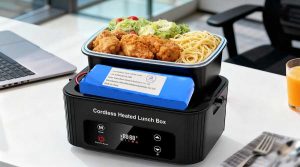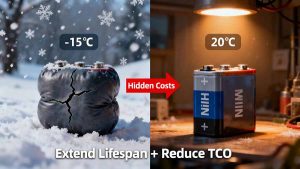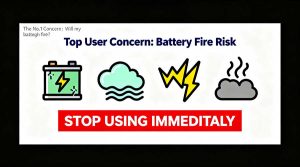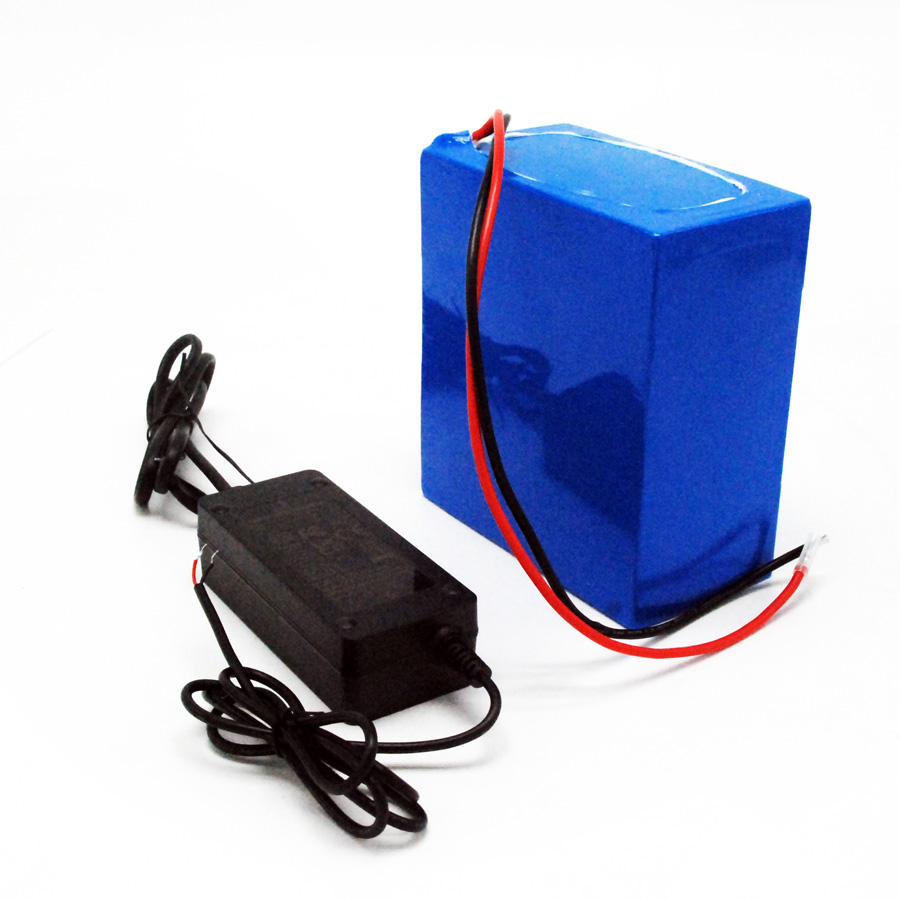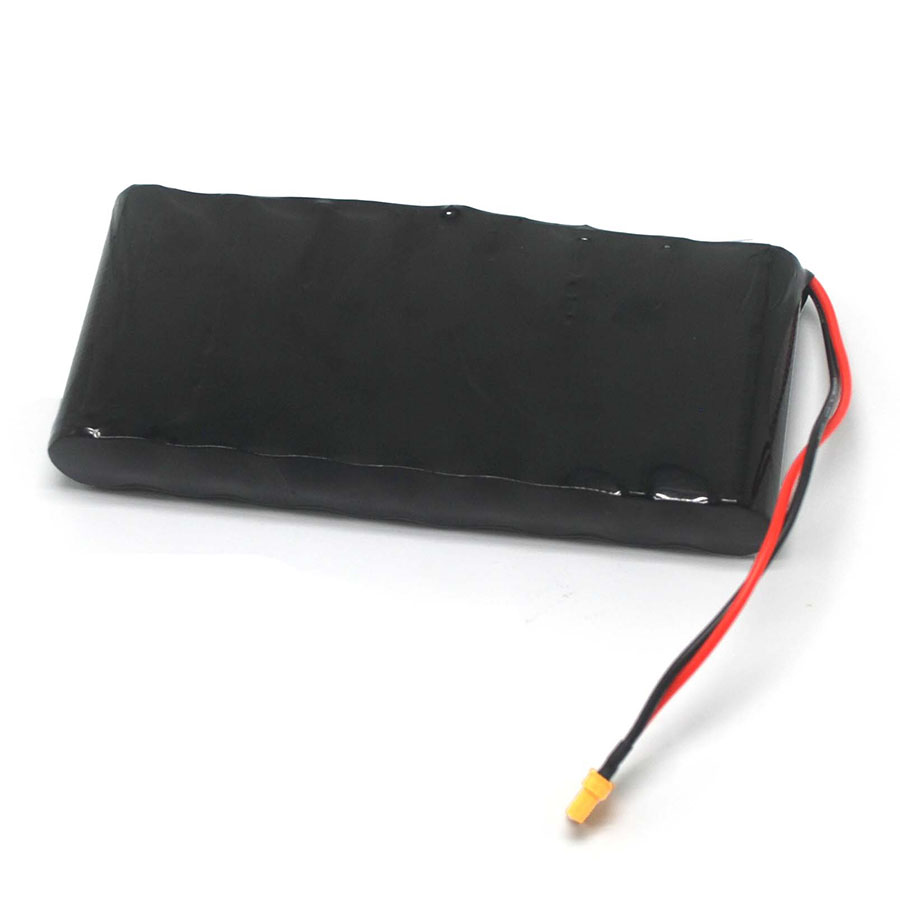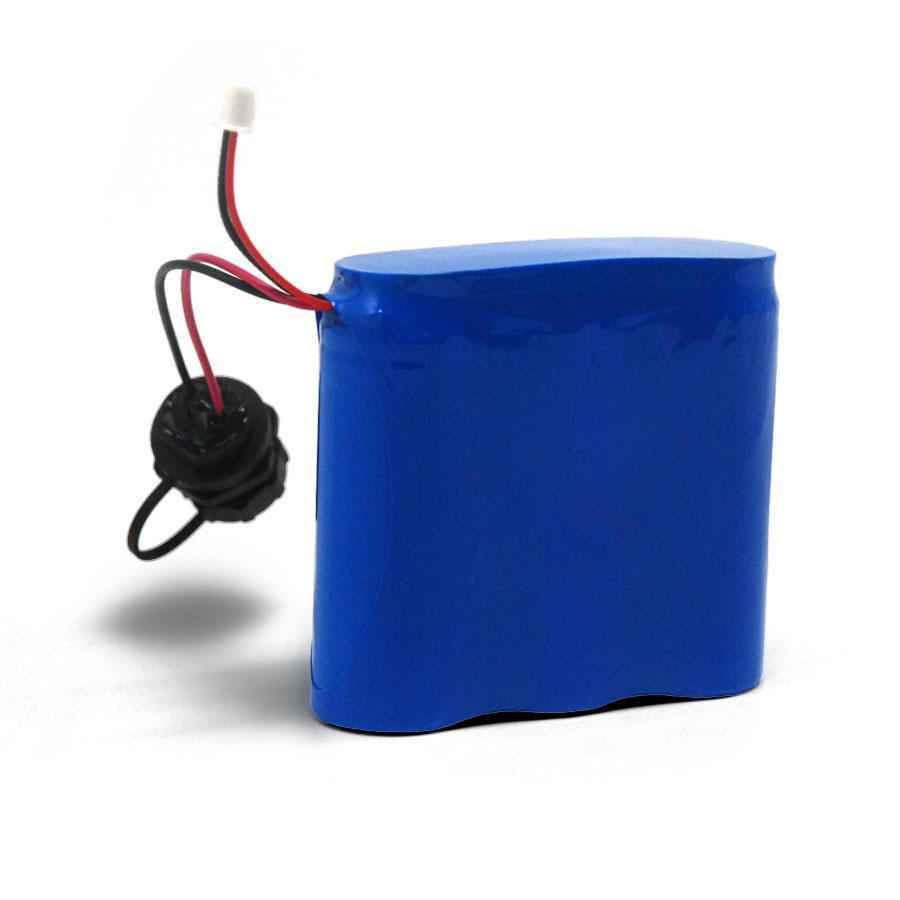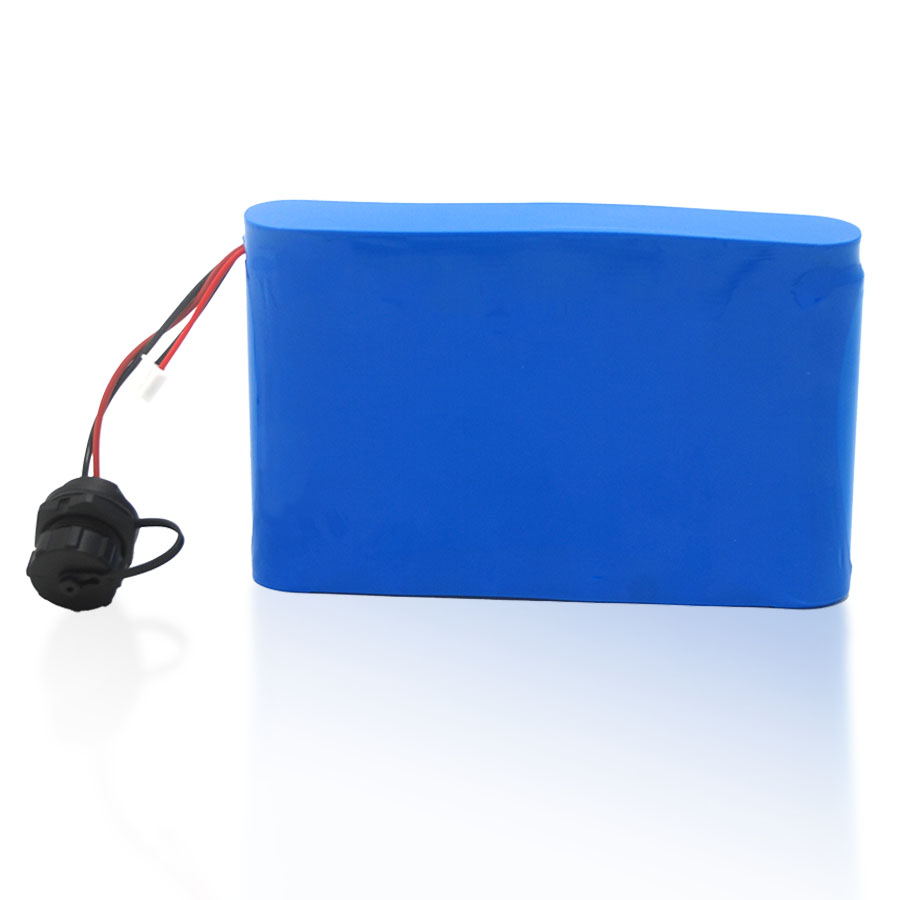Featuring Himax Custom Battery Solutions for Wholesale Buyers
Building a reliable solar energy system that seamlessly ties together solar panels, battery storage, and inverter controls takes more than picking parts off the shelf. Wholesale buyers demand turnkey performance, safety, and ROI—and that’s where Himax Custom Battery Solutions shine. In this 5,000 word guide, you’ll learn how to:
· Select solar panels optimized for your system voltage
· Match battery banks (12V, 24V, 48V) for maximum lifespan
· Configure inverter float voltage, surge settings, and protection
· Leverage real world case studies in Spain and Australia
· Avoid common pitfalls and apply best practices
Let’s dive in.
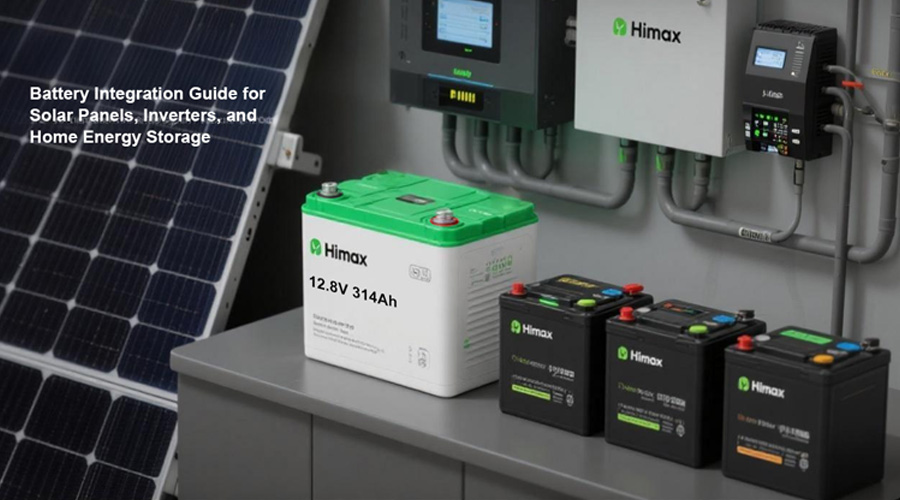
Solar Panels Selection for Battery Integration and Home Energy Storage
Choosing the right solar panels is the cornerstone of any high performance solar energy system. A mis match at this stage can lead to under charging the battery bank, over voltage trips on your inverter, or simply wasted generation.
Solar Panels Technology & Efficiency for Home Energy Storage
· Monocrystalline: 18 %–22 % efficiency; ideal for space constrained rooftops.
· Polycrystalline: 15 %–18 %; cost effective for commercial or large farm installations.
· Thin Film: 10 %–12 %; flexible mounting but larger area needed.
Quick Tip: For a 24 V home energy storage system, choose panels with a Voc (open circuit voltage) that stays between 30V–40V under cold weather conditions, so your battery sees stable charging voltage without exceeding inverter limits.
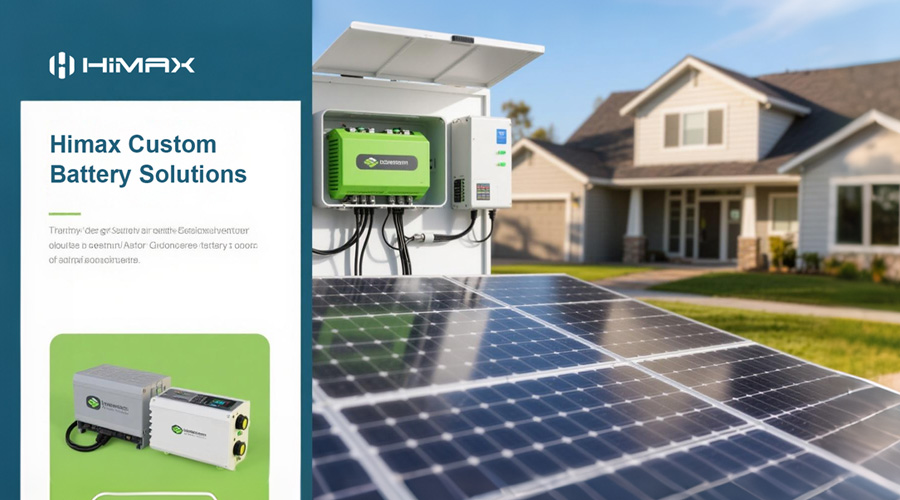
Solar Panels Rated Power, Degradation & Quality Assurance
| Panel Type | Rated Power (Wp) | First Year Degradation | 25 Year Output | Recommended Use |
| Monocrystalline | 300 W–400 W | ≤ 2 % | ≥ 80 % | Residential rooftops, EV charging |
| Polycrystalline | 250 W–350 W | ≤ 2.5 % | ≥ 80 % | Commercial rooftops, farm fields |
| Thin Film | 100 W–200 W | ≤ 3 % | ≥ 75 % | Ground mounts, curved surfaces |
- Certifications: Look for IEC 61215, IEC 61730, CE/RoHS.
- Frame & Glass: Tempered glass + anodized aluminum frames for IP65–IP67 rating.
- Sample Testing: Always verify Voc and Isc against datasheet before bulk ordering.
Common Mistake: Ordering high Voc panels without checking your inverter’s maximum PV input voltage. This can blow your MPPT charge controller or inverter if Voc > max rating.
Battery Matching in Your Solar Energy System for Optimal Home Energy Storage
A top tier solar energy system relies on a properly sized battery bank. Under sizing leads to frequent deep discharges (reducing cycle life); over sizing ties up capital in unused capacity.
Battery Chemistry & Lifecycle Comparison
| Chemistry | Cycle Life | Energy Density | Safety Level | Ideal Wholesale Use |
| Lead Acid | 200–500 cycles | 30–40 Wh/kg | Low | Budget off grid projects |
| LiFePO₄ | 2,000–5,000 | 90–120 Wh/kg | High | Residential & commercial storage |
| NMC / NCA | 1,000–2,000 | 150–250 Wh/kg | Medium | Space/weight sensitive setups |
Why LiFePO₄?
· Stable chemistry, no thermal runaway
· 2,000+ cycle life—ideal for daily cycling
· Flat voltage curve → consistent inverter performance
System Voltage & Battery Configuration
Three voltage tiers—12 V, 24 V, 48 V—each serve different scale needs:
| System Voltage | Series Cells (S) | Parallel Strings (P) | Best For |
| 12 V | 4 cells | P up to 4 | Boat/RV/off grid cabins |
| 24 V | 8 cells | P up to 3 | Medium homes, small shops |
| 48 V | 16 cells | P up to 2 | Large residences, microgrids |
Sizing Formula:
Required Ah=Daily Load (Wh)System Voltage (V)×DoD\displaystyle \text{Required Ah} = \frac{\text{Daily Load (Wh)}}{\text{System Voltage (V)} \times \text{DoD}}
Add a 20 %–30 % buffer for cloudy days.
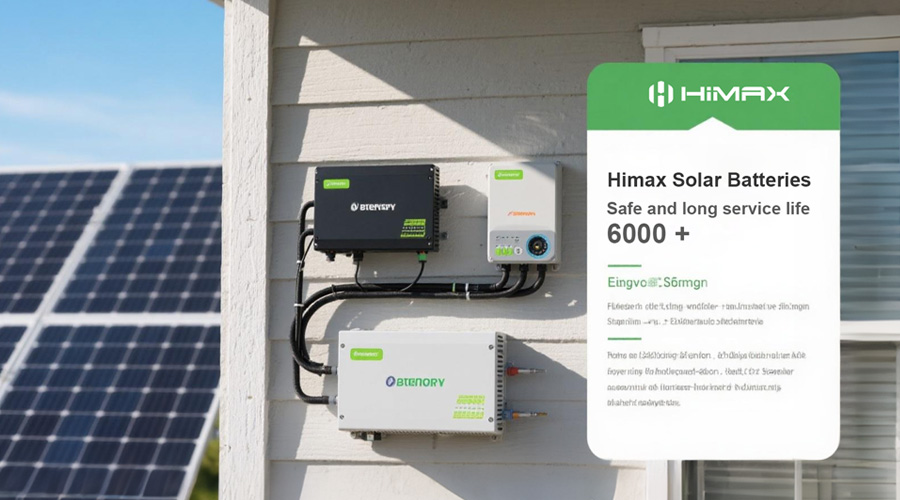
Inverter Configuration and Float Voltage Settings for Battery Powered Solar Energy Systems
Your inverter serves as the brain, ensuring DC from solar panels and battery converts to safe AC, while managing charge/discharge.
Choosing the Right Inverter for Solar Energy System
| Inverter Type | Features | Recommended Use |
| Off Grid | DC→AC only, no grid tie | Remote cabins, telecom |
| Grid Tie | AC sync with utility | Rooftop PV selling excess |
| Hybrid | DC/AC, battery integration | Advanced homes & microgrids |
Pro Tip: For a 48 V battery bank, use an inverter with DC input range 45 V–60 V to accommodate charge/discharge voltage swings.
Float, Equalization & Cut off Voltage Settings
Correct voltage settings extend battery life and protect your inverter:
| Voltage Tier | Float Voltage | Equalize Voltage | Max Charge Current | Cut off Voltage |
| 12 V | 13.6 V ± 0.2 V | 14.4 V ± 0.2 V | 0.2 C | 10.0 V |
| 24 V | 27.2 V ± 0.4 V | 28.8 V ± 0.4 V | 0.2 C | 20.0 V |
| 48 V | 54.4 V ± 0.8 V | 57.6 V ± 0.8 V | 0.2 C | 40.0 V |
Temperature Compensation: Adjust ± 0.03 V/°C per cell when ambient shifts outside 25 °C.
Efficiency & Waveform Considerations
· Pure Sine Wave inverters ensure compatibility with sensitive electronics.
· Efficiency ≥ 95 % minimizes losses—critical in large-scale solar energy systems.
Case Studies: Solar Panels, Battery, and Inverter Solutions with Himax Custom Battery Solutions
Spain Agriculture — 24 V Solar Panels & Battery Integration
Client: Olive farm in Andalusia
· Solar Panels: 6 kW (24 × 250 W monocrystalline)
· Battery Bank: 24 V 300 Ah LiFePO₄ (3 × 100 Ah in parallel) by Himax Custom Battery Solutions
· Inverter: 5 kW Hybrid (24 V DC input)
Outcome:
· Annual diesel savings: 8,000 €
· ROI in 3 years
· Farm now self sufficient 90 % of daylight hours
Client Tip: “We chose Himax Custom Battery Solutions because the 24 V float voltage was factory preset, saving weeks of configuration.”
Australia Small Business — 48 V System for Retail Store
Client: Family run retail shop in Victoria
· Solar Panels: 8 kW (32 × 250 W polycrystalline)
· Battery Bank: 48 V 400 Ah LiFePO₄ (4S2P) by Himax Custom Battery Solutions
· Inverter: 10 kW Pure Sine Wave Hybrid
Outcome:
· Peak demand reduction: 30 %
· Monthly energy bill cut: 1,200 AUD
· Seamless grid backup during outages
Pro Insight: “Our installer loved that Himax Custom Battery Solutions included CAN bus BMS data support, making monitoring a breeze.”
Best Practices and Common Pitfalls in Solar Panels, Battery, and Inverter Integration
- Over Voltage Protection: Always verify panel Voc < inverter PV max input.
- Under Voltage Cut off: Prevent deep discharge by setting cut off at recommended voltage.
- Cable Sizing: Use busbars or appropriately gauged cabling—undersized wires cause heat and losses.
- BMS Communication: Integrate CAN/RS485 to monitor battery SoC/SoH in real time.
- Regular Maintenance: Clean panels quarterly; inspect battery terminals every 6 months.
Common Error: Skipping temperature compensation on float voltage—will shorten battery life in hot climates.
Why Choose Himax Custom Battery Solutions for Solar Panels, Battery, and Energy Storage
· Tailored Voltage & Capacity: 12 V, 24 V, 48 V packs from 50 Ah to 1,000 Ah.
· Integrated BMS & QC: Ensuring 2,000+ cycle life with active cell balancing.
· Global Logistics: Warehouses in EU, NA & AU, plus CE/UL documentation.
· Volume Discounts & Support: Dedicated account management and technical training.
Ready to elevate your next solar energy project?
Explore our 12.8V 100Ah LiFePO₄ Batteries
Request a Quote for Custom 24V 230Ah Packs
Conclusion & Call to Action
Integrating solar panels, battery storage, and inverter controls into a cohesive solar energy system need not be daunting. By following this guide—and partnering with Himax Custom Battery Solutions—wholesale buyers can deliver robust, high efficiency home energy storage systems that delight end users and ensure steady margins.
Contact us today at sales6@himaxbattery.com for custom system designs, volume pricing, and dedicated technical support. Let’s power the future—together!

